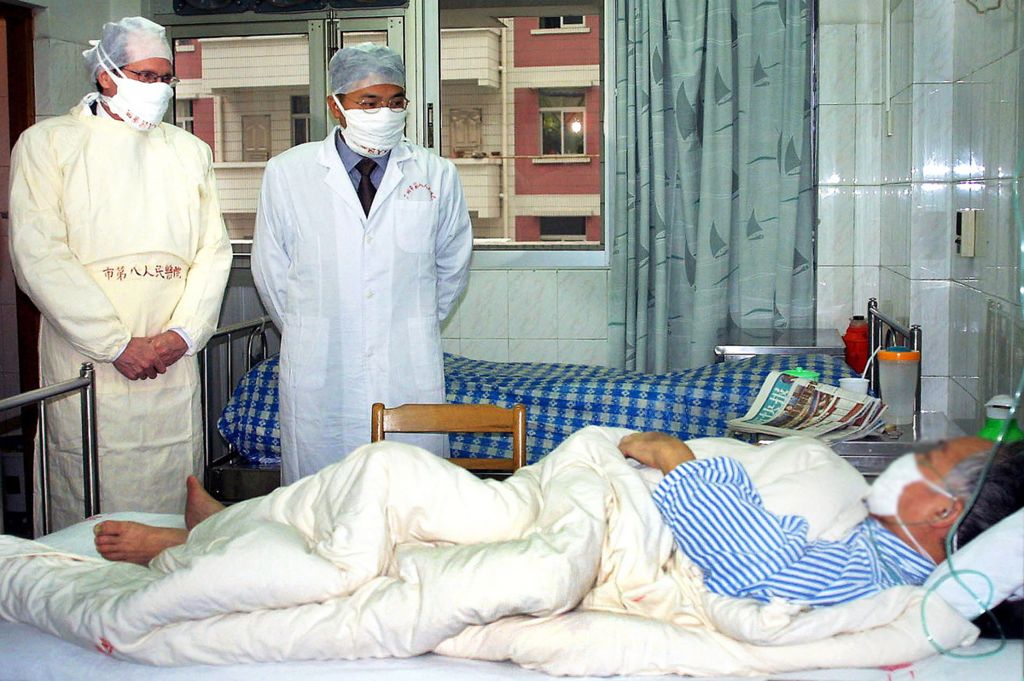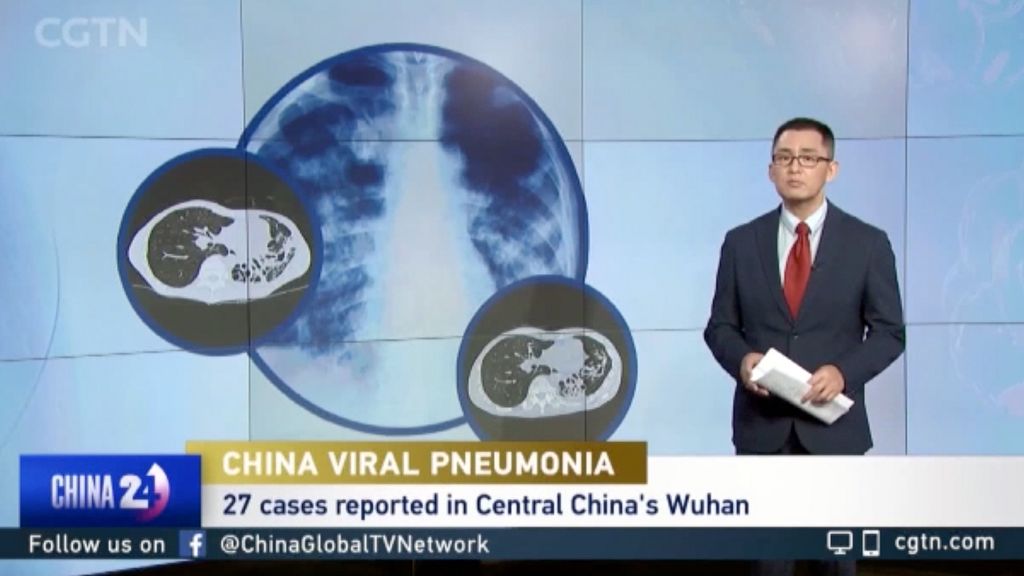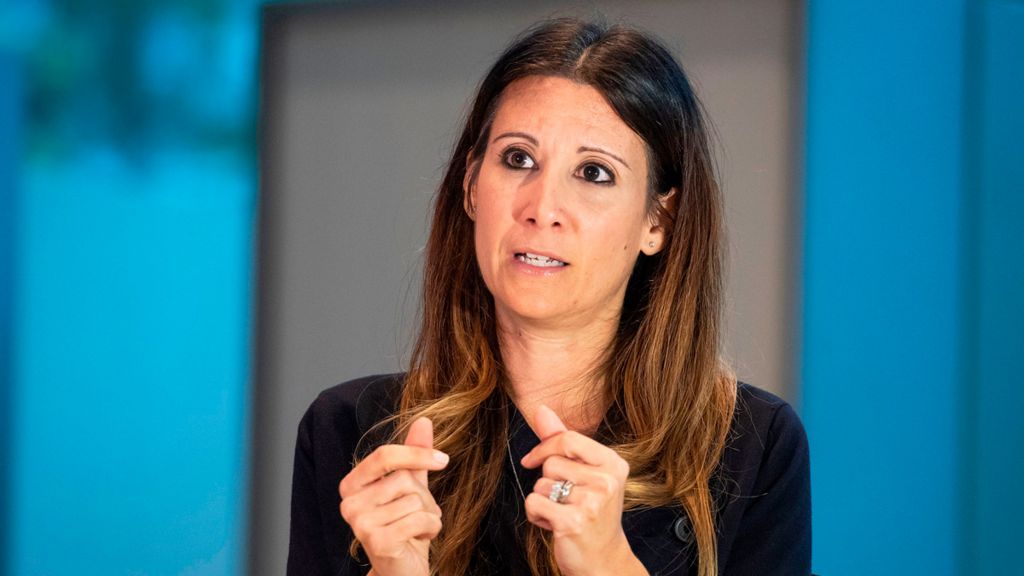Covid-19: Five days that shaped the outbreak

A year ago, the Chinese government locked down the city of Wuhan. For weeks beforehand officials had maintained that the outbreak was under control - just a few dozen cases linked to a live animal market. But in fact the virus had been spreading throughout the city and around China.
This is the story of five critical days early in the outbreak.
By 30 December, several people had been admitted to hospitals in the central city of Wuhan, having fallen ill with high fever and pneumonia. The first known case was a man in his 70s who had fallen ill on 1 December. Many of those were connected to a sprawling live animal market, Huanan Seafood Market, and doctors had begun to suspect this wasn't regular pneumonia.
Samples from infected lungs had been sent to genetic sequencing companies to identify the cause of the disease, and preliminary results had indicated a novel coronavirus similar to Sars. The local health authorities and the country's Center for Disease Control (CDC) had already been notified, but nothing had been said to the public.
Although no-one knew it at the time, between 2,300 and 4,000 people were by now likely infected, according to a recent model by MOBS Lab at Northeastern University in Boston. The outbreak was also thought to be doubling in size every few days. Epidemiologists say that at this early part of an outbreak, each day and even each hour is critical.
 IMAGE COPYRIGHTAFP
IMAGE COPYRIGHTAFP
image captionWuhan’s Huanan Seafood Wholesale Market was sealed off on 1 January 2020
30 December 2019: Virus alert
At around 16:00 on 30 December, the head of the Emergency Department at Wuhan Central Hospital was handed the results of a test carried out by sequencing lab Capital Bio Medicals in Beijing.
She went into a cold sweat as she read the report, according to an interview given later to Chinese state media.
At the top were the alarming words: "SARS CORONAVIRUS". She circled them in bright red, and passed it on to colleagues over the Chinese messaging site WeChat.
Within an hour and a half, the grainy image with its large red circle reached a doctor in the hospital's ophthalmology department, Li Wenliang. He shared it with his hundreds-strong university class group, adding the warning, "Don't circulate the message outside this group. Get your family and loved ones to take precautions."
When Sars spread through southern China in late 2002 and 2003, Beijing covered up the outbreak, insisting that everything was under control. This allowed the virus to spread around the world. Beijing's response invoked international criticism and - worryingly for a regime deeply concerned about stability - anger and protests within China. Between 2002 and 2004, Severe Acute Respiratory Syndrome (Sars) went on to infect more than 8,000 people and kill almost 800 worldwide.
 IMAGE COPYRIGHTAFP
IMAGE COPYRIGHTAFP
image captionRobert Maguire of the WHO and a Chinese doctor visit a Sars patient in Guangzhou, China – April 2003
Over the coming hours, screen shots of Li's message spread widely online. Across China, millions of people began talking about Sars online.
It would turn out that the sequencers made a mistake - this was not Sars, but a new coronavirus very similar to it. But this was a critical moment. News of a possible outbreak had escaped.
The Wuhan Health Commission was already aware that there was something going on in the city's hospitals. That day, officials from the National Health Commission in Beijing arrived, and lung samples were sent to at least five state labs in Wuhan and Beijing to sequence the virus in parallel.
 IMAGE COPYRIGHTAFP
IMAGE COPYRIGHTAFP
image captionResidential housing blocks, Wuhan, China
Now, as messages suggesting the possible return of Sars began flying over Chinese social media, the Wuhan Health Commission sent two orders out to hospitals. It instructed them to report all cases direct to the Health Commission, and told them not to make anything public without authorisation.
Within 12 minutes, these orders were leaked online.
It might have taken a couple more days for the online chatter to make the leap from Chinese-speaking social media to the wider world if it wasn't for the efforts of veteran epidemiologist Marjorie Pollack.
The deputy editor of ProMed-mail, an organisation which sends out alerts on disease outbreaks worldwide, received an email from a contact in Taiwan, asking if she knew anything about the chatter online.
 IMAGE COPYRIGHTGETTY IMAGES
IMAGE COPYRIGHTGETTY IMAGES
image captionDr Marjorie Pollack is an epidemiologist based in New York
Back in February 2003, ProMed had been the first to break the news of Sars. Now, Pollack had deja vu. "My reaction was: 'We're in trouble,'" she told the BBC.
Three hours later, she had finished writing an emergency post, requesting more information on the new outbreak. It was sent out to ProMed's approximately 80,000 subscribers at one minute to midnight.

31 December: Offers of help
As word began to spread, Professor George F Gao, director general of China's Center for Disease Control [CDC], was receiving offers of help from contacts around the world.
China revamped its infectious disease infrastructure after Sars - and in 2019, Gao had promised that China's vast online surveillance system would be able to prevent another outbreak like it.
But two scientists who contacted Gao say the CDC head did not seem alarmed.
"I sent a really long text to George Gao, offering to send a team out and do anything to support them," Dr Peter Daszak, the president of New York-based infectious diseases research group EcoHealth Alliance, told the BBC. But he says that all he received in reply was a short message wishing him Happy New Year.
 IMAGE COPYRIGHTAFP
IMAGE COPYRIGHTAFP
image captionDirector of the Chinese Center for Disease Control, George F Gao – 22 January 2020
Epidemiologist Ian Lipkin of Columbia University in New York was also trying to reach Gao. Just as he was having dinner to ring in the New Year, Gao returned his call. The details Lipkin reveals about their conversation offer new insights into what leading Chinese officials were prepared to say at this critical point.
"He had identified the virus. It was a new coronavirus. And it was not highly transmissible. This didn't really resonate with me because I'd heard that many, many people had been infected," Lipkin told the BBC. "I don't think he was duplicitous, I think he was just wrong."

image captionEpidemiologist Ian Lipkin
Lipkin says he thinks Gao should have released the sequences they had already obtained. My view is that you get it out. This is too important to hesitate."
Gao, who refused the BBC's requests for an interview, has told state media that the sequences were released as soon as possible, and that he never said publicly that there was no human-to-human transmission.
That day, the Wuhan Health Commission issued a press release stating that 27 cases of viral pneumonia had been identified, but that there was no clear evidence of human to human transmission.
 IMAGE COPYRIGHTCGTN
IMAGE COPYRIGHTCGTN
image captionTV channel CGTN reporting 27 cases of "viral pneumonia"
It would be a further 12 days before China shared the genetic sequences with the international community.
The Chinese government refused multiple interview requests by the BBC. Instead, it gave us detailed statements on China's response, which state that in the fight against Covid-19 China "has always acted with openness, transparency and responsibility, and … in a timely manner."

BBC This World's 54 Days: China and the pandemic can be seen on BBC Two at 21:00 GMT on Tuesday 26 January, or 23:30 on Monday 1 February (except BBC Two Northern Ireland). Or watch on BBC iPlayer.
Part two - 54 Days: America and the Pandemic - will be on BBC Two on Tuesday 2 February at 21:00.
A BBC/PBS Frontline co-production.

1 January 2020: International frustration
International law stipulates that new infectious disease outbreaks of global concern be reported to the World Health Organization within 24 hours. But on 1 January the WHO still had not had official notification of the outbreak. The previous day, officials there had spotted the ProMed post and reports online, so they contacted China's National Health Commission.
"It was reportable," says Professor Lawrence Gostin, Director of the WHO Collaborating Center on national and global health law at Georgetown University in Washington DC, and a member of the International Health Regulations roster of experts. "The failure to report clearly was a violation of the International Health Regulations."
Dr Maria Van Kerkhove, a WHO epidemiologist who would become the agency's Covid-19 technical lead, joined the first of many emergency conference calls in the middle of the night on 1 January.
"We had the assumptions initially that it may be a new coronavirus. For us it wasn't a matter of if human to human transmission was happening, it was what is the extent of it and where is that happening."
 IMAGE COPYRIGHTAFP
IMAGE COPYRIGHTAFP
image captionDr Maria Van Kerkhove
It was two days before China responded to the WHO. But what they revealed was vague - that there were now 44 cases of viral pneumonia of unknown cause.
China says that it communicated regularly and fully with the WHO from 3 Jan

Maintain an RV for a ‘PASS’ in mobile safety certificate Brisbane
- It is essential that you maintain your RV to receive a quick PASS in a safety certificate Brisbane. Here is what you can do to get a safety certificate.

GSTR-9 – Annual Return Filing, Format, Eligibility, Due Date
- GSTR-9 – Annual Return Filing, Format, Eligibility, Due Date

Pegasystems-PEGAPCLSA80V1_2020 Certification Introduction
- With the internet becoming an almost inevitable necessity at the modern day work place.

Nokia 4A0-106 Questions And Answers (2020)
- 100% real and updated exam questions with answers for all famous certifications. Pass in first attempt .Error Free Products with 24/7 Customer Support.Special discount offer for all customer